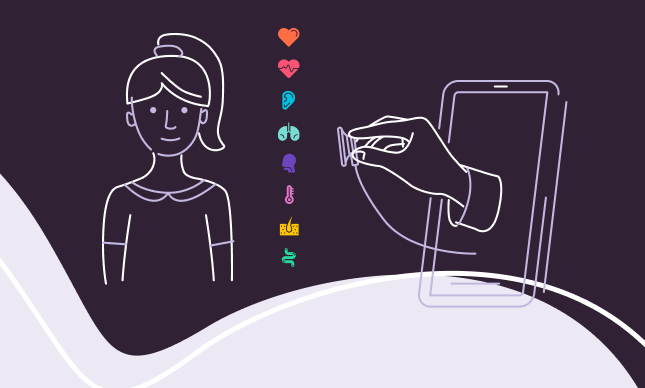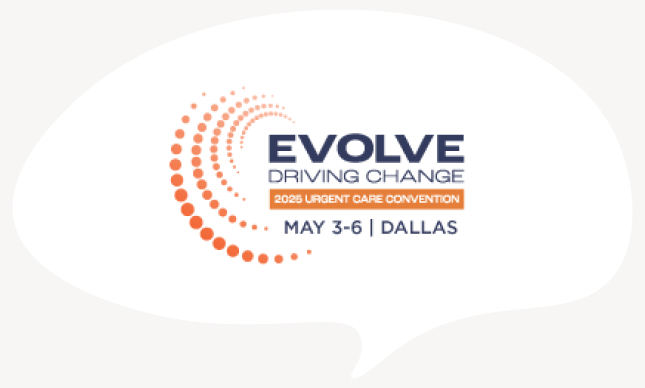The Times, They Are a-Changin’: Shifting Attitudes Towards Virtual Primary Care

Imagine describing a virtual medical visit to your ancestors. They’d likely have some questions and a fair share of skepticism. If you went on to explain how telehealth helps you manage the demands of modern life, chances are, they’d say you were probably on to something. As our recent survey revealed, while telehealth is an innovation, it’s also an intuitive outgrowth of 21st-century living.
Telehealth has become an increasingly vital component of healthcare offerings, particularly in light of the COVID-19 pandemic. Information about people’s attitudes and experiences with virtual care drives improvements in the industry and refines care offerings. We continually seek to learn as much as we can about users’ experiences with virtual primary care.
TytoCare enables over 170 payers and providers globally to provide value-based primary care through telehealth. Using TytoCare, remote physical exams can include comprehensive ear exams, throat exams, heart sounds, lung sounds, and more. These thorough exams allow members to connect with physicians both on and offline and receive diagnoses based on biometric data, along with prescriptions if necessary.
We recently conducted a survey to yield actionable insight into current trends and attitudes regarding healthcare. We worked with a top-tier US health plan to learn how their members feel about in-person and virtual healthcare. The survey included 307 people of different ages with access to TytoCare, over half of whom have children at home.
What were some of the main takeaways from our survey? Read on to learn more. You can also access our complete survey findings here.
A Matter of Time
Of our respondents, 90% said they face significant waits to see their primary care physician, with an average wait time of six days. 14% said they wait over two weeks to see a physician. Long wait times create a need for costlier, more acute care when patients are finally seen, and worsening health in the long run, ultimately costing payers more. It also makes members pretty unhappy, especially if they’re waiting for an appointment for a child.
Once patients get an appointment, 80% of survey respondents said they wait at least 30 minutes before being seen. 45% experience wait times of 1-2 hours or more. These long waits cause parents and children to miss work and school time. Travel to physicians’ offices, particularly for patients living in rural areas, also causes significant lost time.
Over 60% of respondents said they go to an urgent care center or to the emergency department to take care of a sick family member at night or on weekends. These alternatives cost payers up to 15x more than a primary care physician appointment. They also crowd EDs, making wait times even longer and lowering the quality of care. 27% of survey respondents shared that they self-medicate at home until regular opening hours resume, which can be dangerous in some cases.
A Better Way
Our survey results showed that 80% of people are just as happy using TytoCare as they are visiting the ED. The reasons they cited include reduced wait times, immediate responses to their questions, and a greater sense of safety provided by not sitting in waiting rooms. Just 4% of members cited cost which may indicate a willingness to pay for better access to convenient medical care, which is something for payers to consider.
92% of respondents said TytoCare makes primary care more accessible, noting its ability to conduct fully remote examinations that include ear exams, throat exams, heart sounds, lung sounds, and more. Nearly half of respondents said TytoCare significantly improves their access to essential healthcare services.
Looking Forward
Our survey results indicate that most members are satisfied with payers who provide quality remote physical exams such as those done via TytoCare. Two-thirds of respondents said they would be more likely to stay with their payer long term as a result of the payer including a satisfactory virtual primary care offering. Retaining members and keeping customers loyal and satisfied is yet another of many benefits.
66% of surveyed respondents said that following their experience using TytoCare, they would be open to considering a digital-first plan. This response is particularly significant, as digital-first care reduces payer costs and eases the strain caused by in-person visits. TytoCare provides value in its own right, and it also encourages member openness towards broader digital healthcare services.
Our survey uncovered an attitude shift among members and payers regarding virtual primary care. Most members are amenable to virtual primary care visits. They understand that remote physical exams have much to offer them and are more convenient and easier to schedule than in-person appointments.
TytoCare is an AI-enabled solution that allows payers to gain market share and accelerate the adoption of virtual primary care. It provides quick, thorough care for every member of the family, minimizing unnecessary emergency room use and urgent care visits. It also provides payers with invaluable clinical data that can inform future decision-making.
It behooves payers to pay attention to these insights and what they mean regarding the shift taking place in healthcare consumption. The time is ripe for insurers and payers to utilize virtual care to lower costs, improve services, and foster favorable attitudes towards their plans.
Want to see our full survey results? Click here





